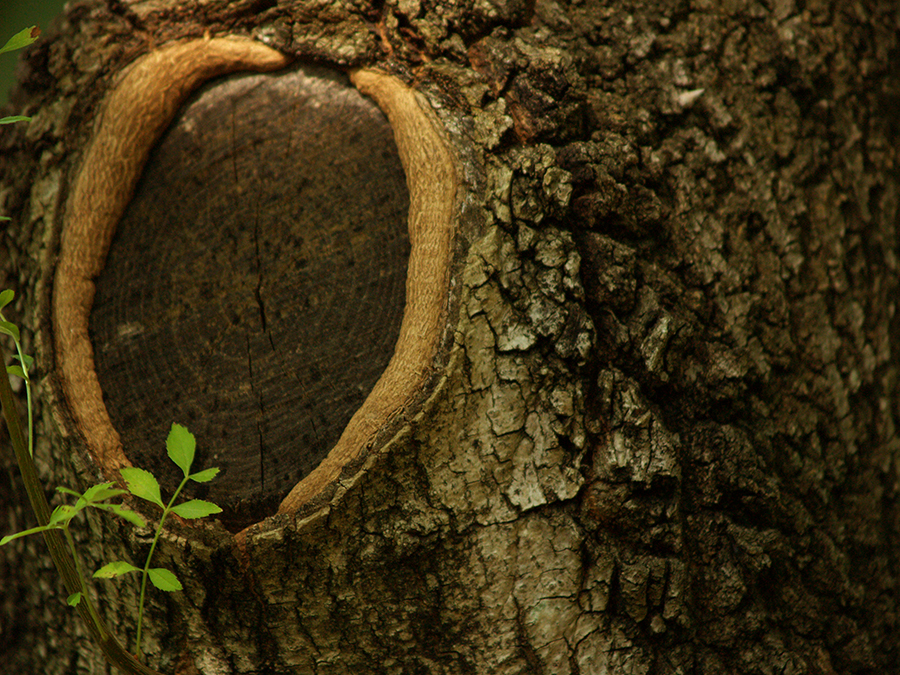
South European Flowering Ash
Fraxinus ornus
Family and description
Member of the Oleaceae family, the South European Flowering Ash is a deciduous tree that can reach a height of up to 15 m. The trunk is grey and soft with brown coloured buds.
The leaves have 7 to 9 ovate lanceolate leaflets with serrated edges. The foliage turns yellow in the autumn, before it falls.
Unlike other peninsular species, its flowers bloom after the leaves. They are grouped into large, showy, slightly raised, panicle-like inflorescences, usually in a terminal position. They are hermaphrodite, with very small sepals and four, 15 mm petals. They have a pleasant scent.
The fruit is a samara, wider in the centre than at the extremes.
Origin and habitat
Native of northern countries in the Mediterranean region, in the Iberian Peninsula the European Flowering Ash is mainly found in the southeastern mountains.
It is a species that is quite resistant to drought, capable of growing in poor soils. It usually develops in calcareous or silicon soils and, in the southernmost regions, can be found in mountainous areas. In its regions of origin, it is capable of colonizing degraded habitats and is therefore used in reforestation projects for degraded areas.
Uses and curiosities
The ash produces a very high quality wood because it is very hard, yet elastic, and is used to make furniture, wood utensils, stairs, etc.
In the past and even today, the leaves and bark of the ash are used in animal feed.
Its fragrant flowers attract various pollinating insects.
Its wind-crystallized sap is a type of sugar with various uses including, as a sweetener for sugar-intolerant people and in the manufacture of various medicines, resins and dry electrolytic capacitors.


